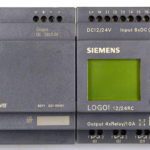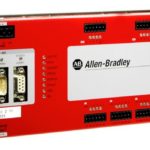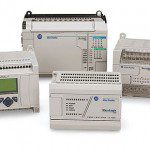By Steve Meyer || Tag naming starts with naming the I/O in a control system. The names might only serve as a bookkeeping convenience for documenting in ladder programs, but in the complex environment of today’s PLC and PAC platforms, tag names are more significant. Tag names can serve as a referent for I/O points in totally different programming environments without requiring a programmer to rewrite code for this purpose.
In system-level software, it’s possible to share data with tag names. Many smart gateway products allow a common convention of letting programmers drag-and-drop data names from one intelligent host to another as a simplified technique for sharing information between platforms. Data values from one controller can be written into a neutral database and export to another controller as often as the data is updated. The underlying application handles all the details.
This approach derives from Visual Basic programming for data conventions, and is in hundreds of applications that manage data. Some complex relational database programs add and remove columns in Excel spreadsheets using this approach because it’s familiar and simple.
There are many examples of naming conventions in which a structure associates groups of I/O in a logical pattern — sometimes called a structured tag. Some use tag naming to differentiate I/O values and their states (which aren’t always the same). The structured-tag approach quickens program development and facilitates shared programming duties. Then program commenting and documentation are easier to understand as well.
Defining data types is in PACs is consistent with any computer programming environment.
One caveat: For a processor to correctly execute a floating-point math calculation, the PAC must have variable names defined by data type, or the operation won’t output correctly.






Leave a Reply
You must be logged in to post a comment.